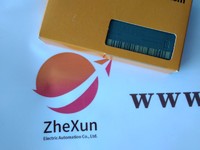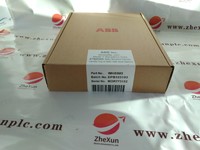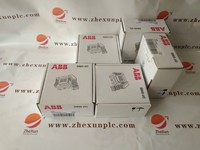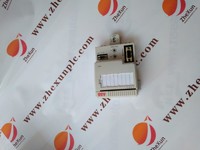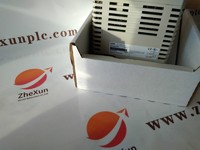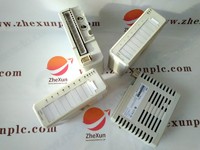B&R X20-DI-6371 + X20-BM11 + X20-TB12 I/O MODULE X20DI6371
Product Quick Detail
- FOB Price
- USD $999.00 / Piece
- Minimum Order
- 1
- Place Of Origin
- GERMANY
- Packaging
- 1PC
- Delivery
- 15 Days
Specifications
The introduction of distributed control allowed flexible interconnection and re-configuration of plant controls such as cascaded loops and interlocks, and interfacing with other production computer systems. It enabled sophisticated alarm handling, introduced automatic event logging, removed the need for physical records such as chart recorders, allowed the control racks to be networked and thereby located locally to plant to reduce cabling runs, and provided high-level overviews of plant status and production levels. For large control systems, the general commercial name distributed control system (DCS) was coined to refer to proprietary modular systems from many manufacturers which integrated high speed networking and a full suite of displays and control racks.
- Country: China (Mainland)
- Business Type: :Bently Nevada, ABB,GE,Rockwell,Foxboro, Invensys Triconex, Westinghouse, Schneider,Siemens,Woodward,GE FANUC,Yaskawa,EPRO,and so on.
- Contact: Holly

